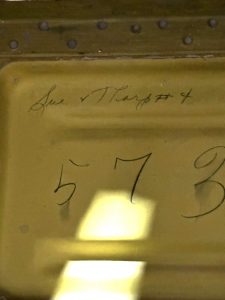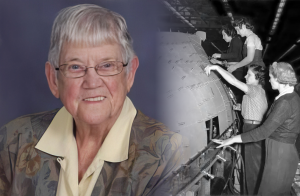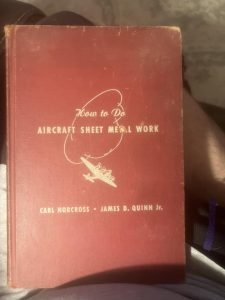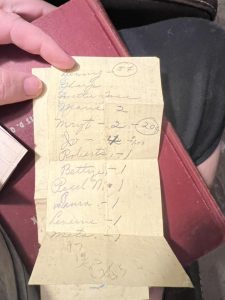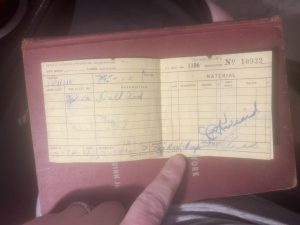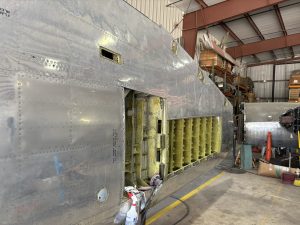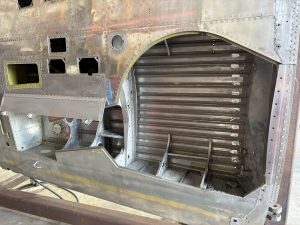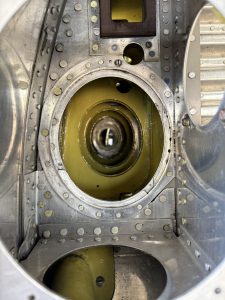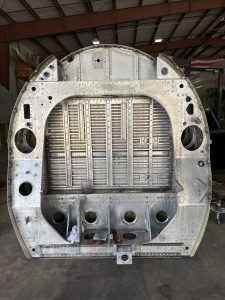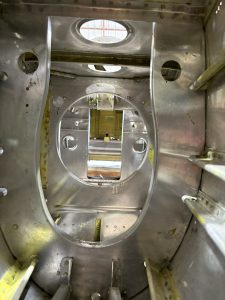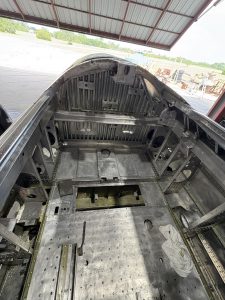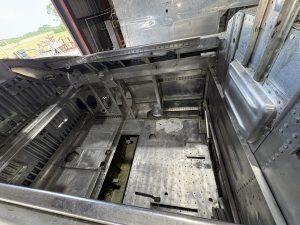The Republic P‑47 Thunderbolt—nicknamed the “Jug” by its pilots for its distinctive, stout profile—was one of the most formidable fighter aircraft of World War II. Designed by Alexander Kartveli and produced by Republic Aviation Corporation in Farmingdale, New York, the P‑47 first flew in 1941. Initially conceived as a high‑altitude interceptor and bomber escort, it quickly evolved into a versatile, multi‑role fighter‑bomber that served with distinction in both the European and Pacific Theaters.
Powered by a massive Pratt & Whitney R‑2800 Double Wasp radial engine, the Thunderbolt was heavily armed and built like a tank. Its thick armor protected the pilot and vital systems, earning it the reputation of being “unbreakable.” Equipped with eight .50‑caliber machine guns and capable of carrying up to 2,500 pounds of bombs or rockets, the P‑47 excelled at ground attack, close air support, and bomber escort missions.
The P‑47’s wartime record was extraordinary. It flew in all major theaters of World War II, but was especially crucial in Europe, where it provided vital air cover during the Allied advance. Pilots such as Francis “Gabby” Gabreski, the top‑scoring ace in the European Theater with 28 aerial victories, cemented the aircraft’s legendary status. With 15,686 built, the P‑47 was the most‑produced American fighter of the war.
The History of 45‑49167
P‑47D‑40‑RA serial number 45‑49167 was built in 1945 at Republic’s Evansville plant. Accepted by the USAAF on May 29, 1945, it was assigned to the 2563rd AAF Base Unit (Pilot School, Women) at Avenger Field in Sweetwater, Texas, for use in the Women Airforce Service Pilots (WASP) program. The aircraft remained in U.S. service through 1953, serving with multiple units, including the Caribbean Air Command at Albrook AFB in the Panama Canal Zone.
In 1953, it was transferred to Peru under a military assistance program, where it served with the Fuerza Aérea del Perú (Peruvian Air Force) as serial number 540, later renumbered 116 FAPe. Stationed at Piura Air Base, it flew as a defensive fighter and later as an advanced trainer as Peru transitioned to jet aircraft. Retired from service in 1963, it was stored until 1969, when it was purchased by Ed Jurist for David Tallichet’s Military Aircraft Restoration Corporation (MARC).
Shipped to Texas, it was given a basic restoration and returned to flight in December 1971. Painted in a generic 1944 Thunderbolt scheme, it joined MARC’s large collection of warbirds and even competed in the 1974 National Championship Air Races in Reno, Nevada, as Race #13. Flown by Lefty Gardner, it qualified 18th in the Unlimited Class at 289.76 mph and placed 2nd in the Make‑Up Race at 302.63 mph.
Withdrawn from flying status in 1975, the aircraft went on display at Tallichet’s 57th Fighter Group Restaurant in St. Petersburg, Florida. After storm damage, it was sent to Chino, California, for repairs in 1979. In 1981, MARC traded the aircraft to the National Museum of the U.S. Air Force, where it was repainted in basic WWII markings and placed on static display. In 2006, it received a cosmetic restoration in the combat colors of Col. Joseph Laughlin, commander of the 362nd Fighter Group, depicting his P‑47 “Five‑by‑Five.”
In August 2023, the National Museum of the U.S. Air Force transferred the P‑47 to the Collings Foundation / American Heritage Museum in exchange for another aircraft. The Thunderbolt was moved to American Aero Services in New Smyrna Beach, Florida, for a complete restoration to airworthy, wartime‑accurate condition.
Though externally complete when on display in Dayton, years of hard service in Peru, minimal civilian maintenance, and past storm damage meant the aircraft needed a full teardown. During disassembly, restorers discovered a hidden signature on a bulkhead—“Tharp #4”—left there in 1945 by Mary Tharp, a “Rosie the Riveter” who worked at the Evansville plant from 1942 to 1945.
The P-47 Thunderbolt is currently undergoing restoration at American Aero Services in New Smyrna Beach, FL and is not on public display at this time.






